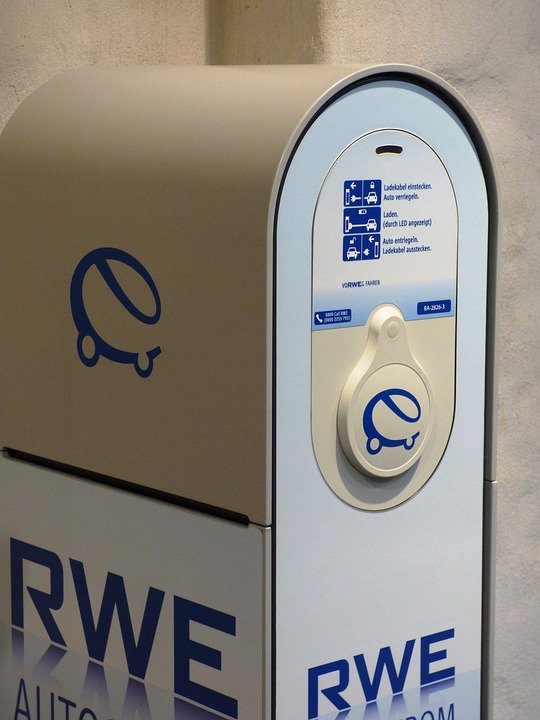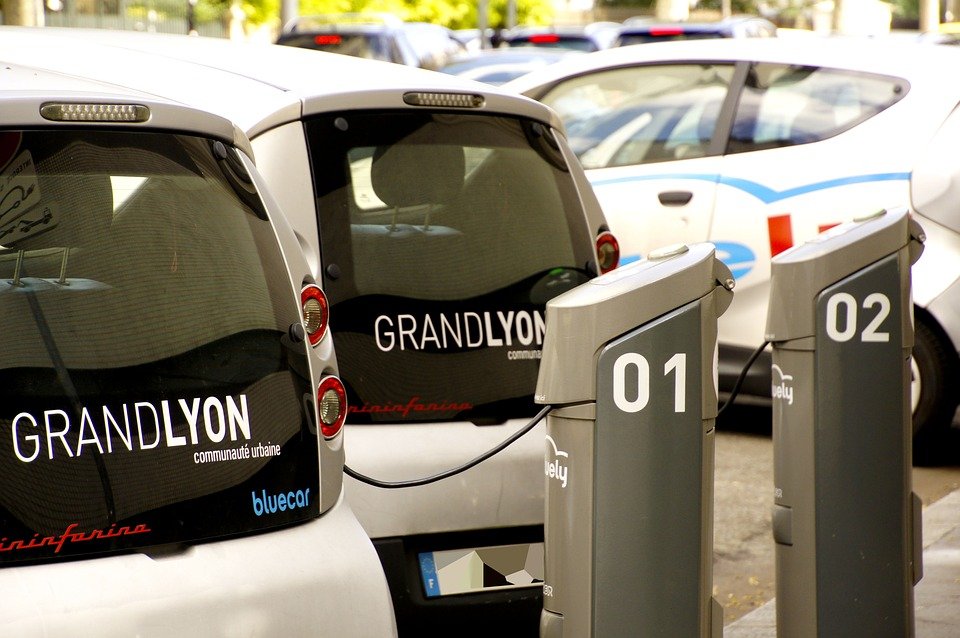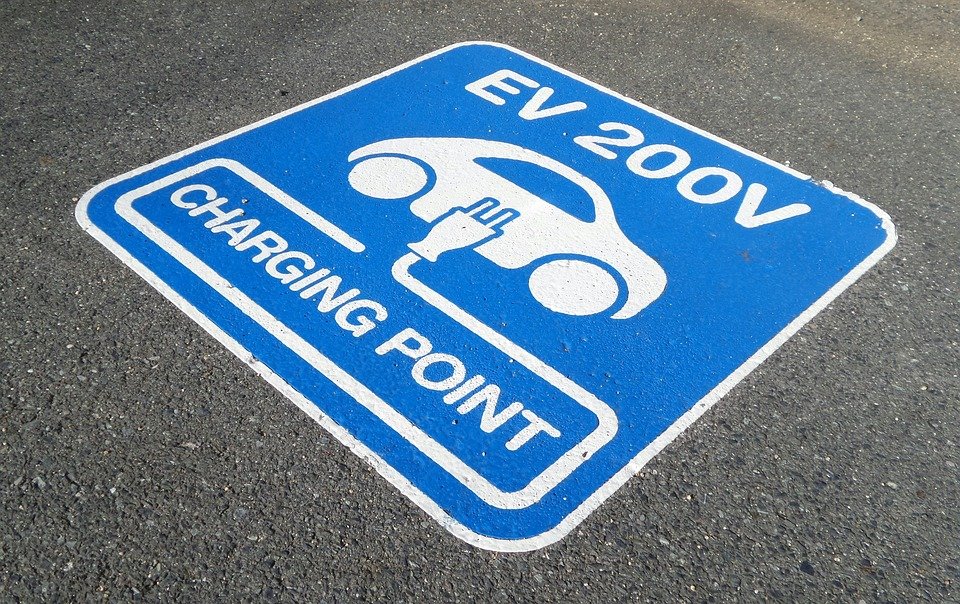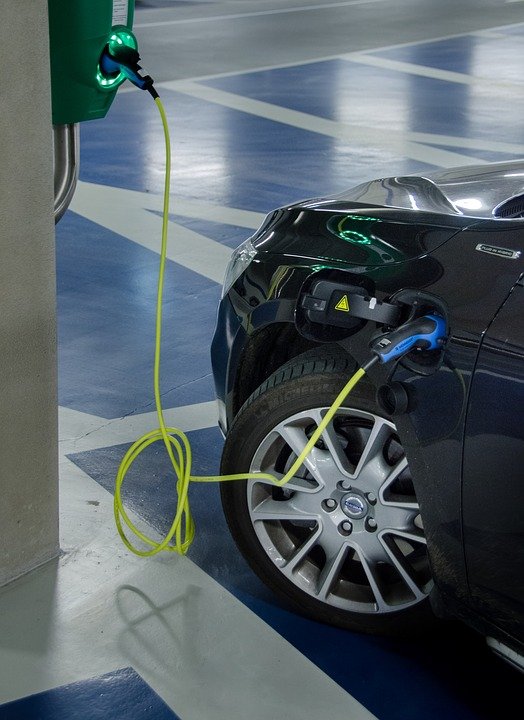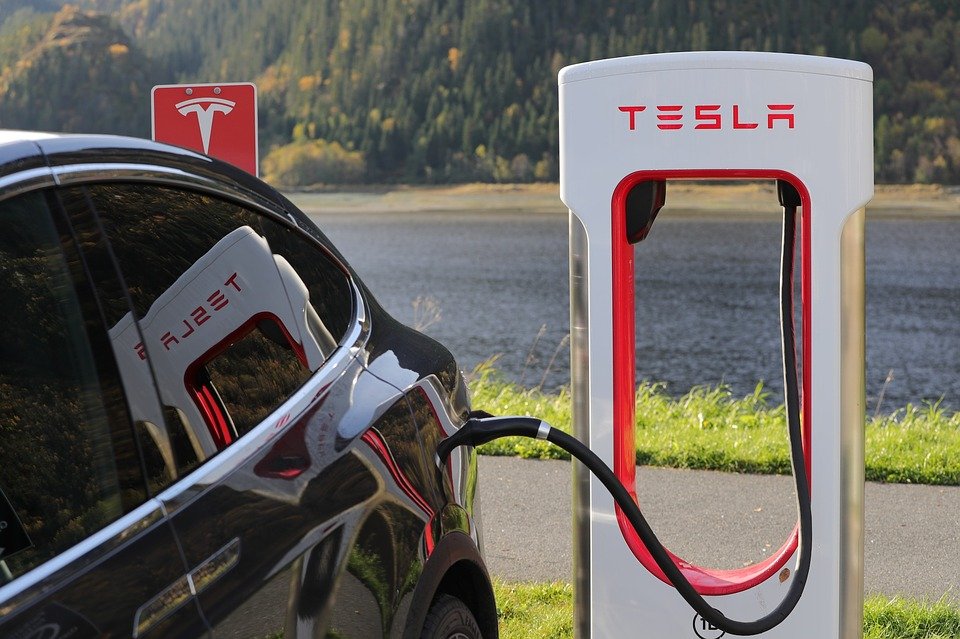Electric Vehicle Chargers
Electric vehicles use electricity as one of the main ways to run them. Some electric vehicles are hybrid that is they run on both gas and electricity. The electric vehicles are popular due to the zero emissions and less dependency on gas. The combustion of electricity powers the motors of the vehicle without any emissions from the exhaust pipe. Compare the electric vehicles available from different vehicle manufacturers to identify the benefits.
Electric vehicles are widely used worldwide due to the energy efficiency and environment friendly operation. Cities with high pollution levels are often recommending commuters to use the electric vehicles to reduce further pollution. Electric vehicles price starts from around $20, 000 and above based on the make and model. Some of the vehicles may qualify for federal tax benefits.
There are three main types of electric vehicles:
- Hybrid Electric Vehicles: Use electricity as one of the sources to power, have the energy is stored in batteries, and do not require to plug-in
- Plug-in Hybrid Electric Vehicles: Use conventional fuel or alternate fuel, also run on electricity stored in batteries, and need to be plugged-in for charging
- All Electric Vehicles: Run totally on the battery power to power the motor. Need to be plugged-in
The key requirements of the electric vehicles is the battery and which require over night charging. The driving range of the electric vehicles range from 60 to 150 miles for fully charged battery. The driving range varies with the vehicle but they need continuous charging in any case. eCarChargers are being installed everywhere such as offices, shopping malls, apartments, condominiums, public car charging stations, and so on. It is common for the electric vehicle owners to have the eCarChargers installed in their garage for overnight charging.
Manufacturers such as Tesla are aiming at reducing the dependency on fossil fuels further by installing Tesla solar roofs on individual properties to generate power. This solar power can be converted in to electricity which is then used to charge an electric vehicle. eCarChargers are a common commodity that is sought by many businesses and individuals.
